Building a log cabin involves more than simply creating living or vacation space – it involves crafting an architectural wonder that integrates harmoniously into nature. In this guide, learn how to construct an eco-friendly log cabin from experienced builders and contractors using sustainable strategies.
Establish the Basis: Research and Planning
Before embarking on your log cabin building adventure, research and planning are vitally important.
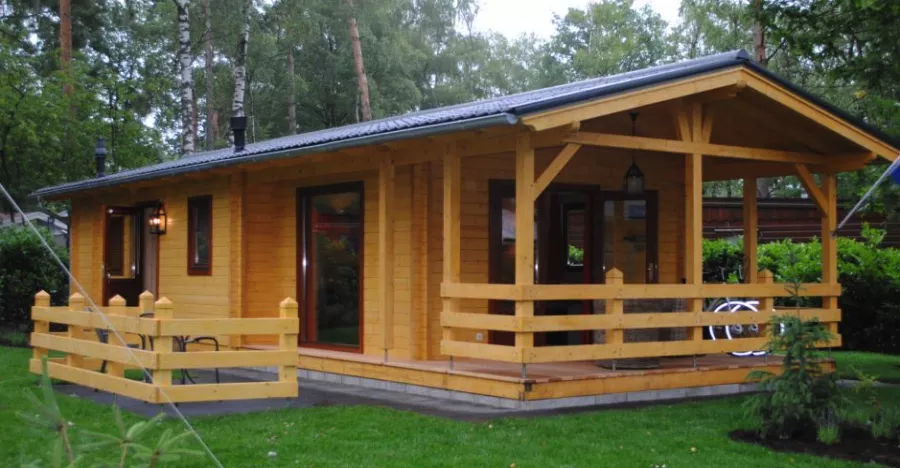
Gain Experienced Builder Knowledge
Experienced log cabin builders offer invaluable knowledge. They have lived through all sorts of trials and triumphs while learning from mistakes – their advice could prove invaluable in planning to construct one yourself and helping avoid potential pitfalls to ensure a smooth build experience and project success.
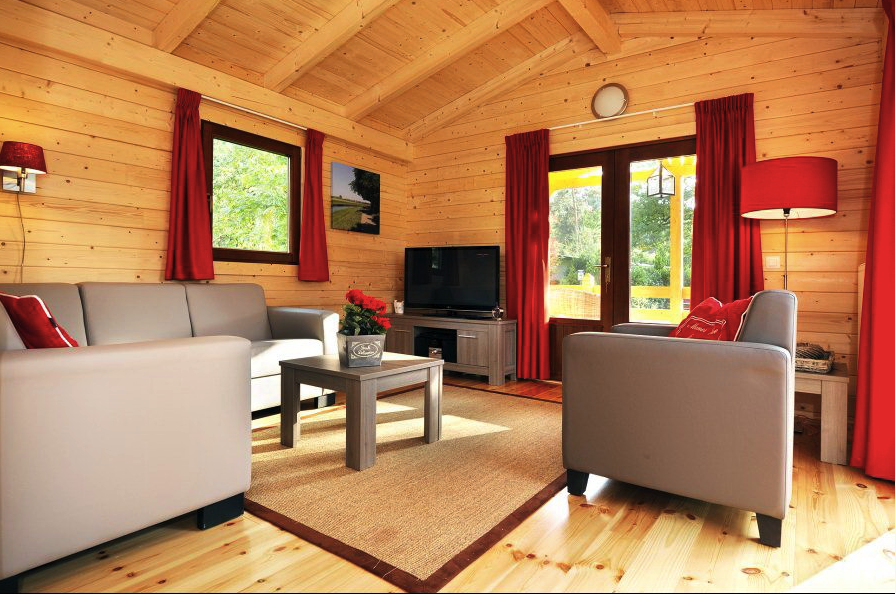
Examining Floor Plans and Designs
Understand your lifestyle needs before selecting a floor plan and design for your cabin. Research various designs and plans until you find one that satisfies both functional and aesthetic criteria – the cabin should reflect both tastes while fulfilling its function efficiently.
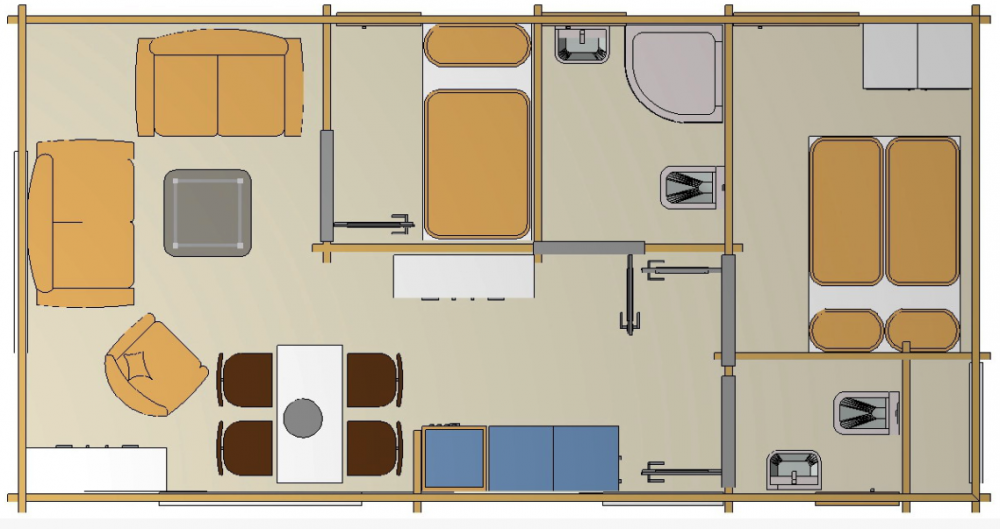
Building an Eco-Friend Cabin: Sustainability Practices
An eco-friendly cabin must start from within and with careful thought and consideration. Here is how you can build one:
Consider purchasing sustainably-sourced logs or using recycled wood from existing structures as an economical and eco-friendly alternative. Repurposed logs offer both cost savings and environmental sustainability advantages.
Energy Efficiency
The design of your cabin plays a pivotal role in its energy efficiency. A smaller cabin costs less to heat; two-story designs may even offer greater efficiencies as heat rises through its chambers to reach them from lower sources.
Select Logs That Will Meet Both Quality and Durability Requirements
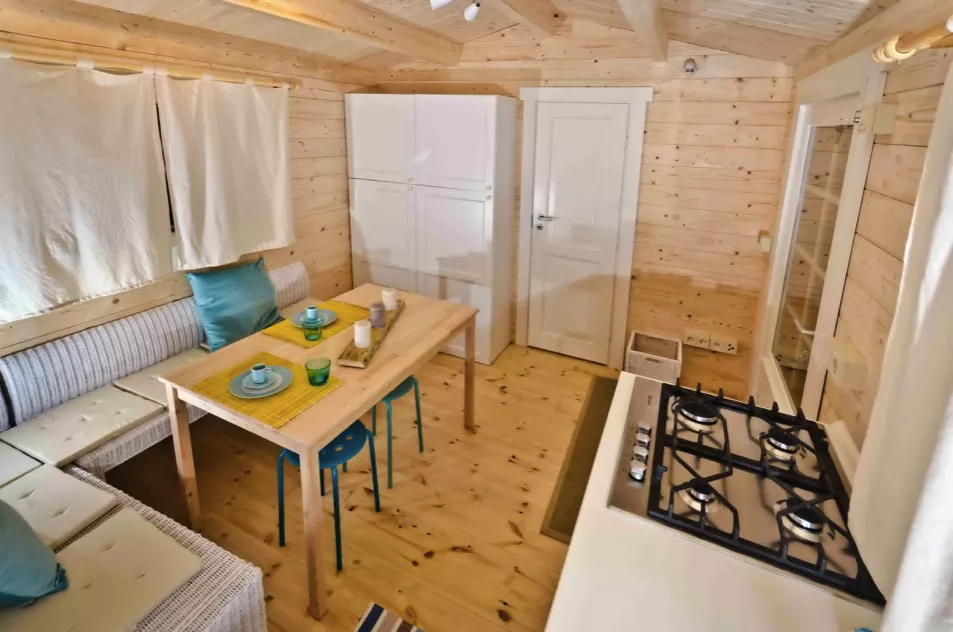
Quality logs used in construction play a large part in its durability and lifespan.
Dryness Before construction begins, logs should be as dry as possible for optimal use. Kiln-dried logs with 19% moisture content or lower are ideal.
Shrinkage Green or wet logs may shrink as they dry, leading to structural damage if used as building material. Therefore, fully dried logs should always be chosen when selecting wood for construction projects.
Protecting Your Cabin: Maintenance and Care
Once your dream cabin is constructed, its protection should become top of mind.
Roof Design – Log Cabin
Cabins that utilize roof designs featuring long overhangs or covered porches will protect against water damage to extend its longevity and protect itself against its effects.
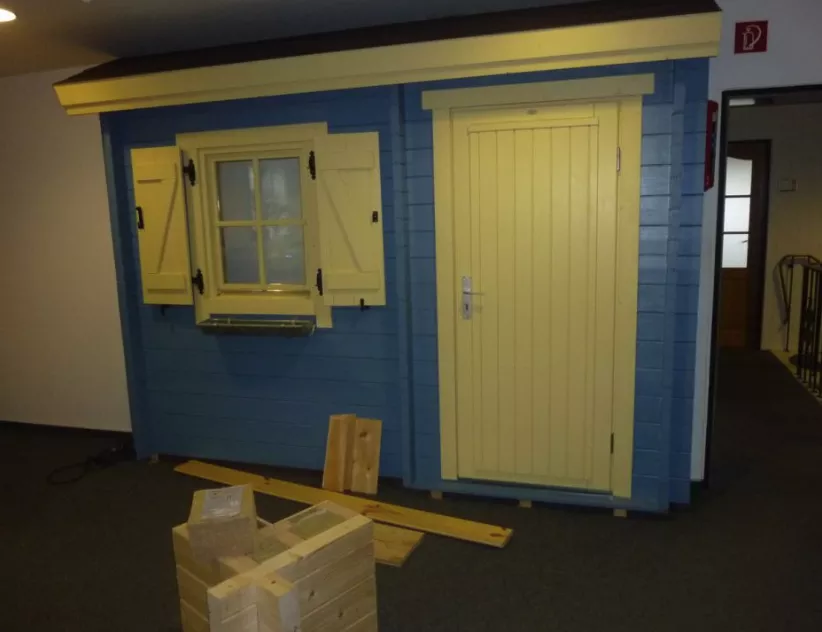
Landscaping
Be mindful when landscaping features may endanger a cabin’s integrity; such as placing water sprinklers near it to keep walls from becoming wet.
Building a log cabin can be an exhilarating adventure filled with learning and creativity. By investing time into research, focusing on sustainability, assuring quality craftsmanship, and taking proper care for your cabin you can craft one that not only looks stunning, but will stand the test of time as well.
More information at: Meiselbach